What Needs to Happen for Ford to Set a U.S. F-Series Sales Record In 2018?
Ford Motor Company is currently on track to sell 939,809 F-Series pickup truck sales in the United States in calendar year 2018.
That number is hugely significant. Not only does it represent far greater volume than any other vehicle line can manage (the F-Series was outselling the combined efforts of the Chevrolet Silverado and GMC Sierra by 15 percent at the halfway mark), it would also mark the first occasion since 2005 in which any vehicle line topped the 900K mark.
The F-Series accounts for 36 percent of U.S. Ford Motor Company sales, outsells Ford/Lincoln cars by nearly two to one, and outsells all Ford/Lincoln SUVs/crossovers by roughly 2,000 units per month. Use Volkswagen, a global powerhouse, for further comparison: the German brand isn’t likely to sell 400,000 vehicles in America this year. With one-third of the year remaining, Ford has already sold 603,926 F-Series trucks.
But the track towards 939,809 is important for another reason. It’s also 298 sales greater than Ford’s all-time best number. What does Ford need to do during the final four months of the year to break its record?
To put it simply, Ford needs to sell 335,586 F-Series pickup trucks in September, October, November, and December.
Easy?
Not so fast.
Ford recorded a blistering F-Series sales pace in the final third of 2017, yet the company reported “only” 320,430 truck sales during that period last year. That number needs to be exceeded by more than 15,000 units if Ford is to top 2004’s record. 2017 ended with a 16-year November high and then a 12-year December high, while F-Series sales topped 80,000 units in both September and December. These were months in which Ford’s streak of year-over-year improvements – now at 16 consecutive months – continued unabated.
For 2018 to be better than 2004, 2018 must first end better than 2017. And 2018 must do so by a margin of 3,789 sales per month. If, in early October, Ford doesn’t report 86,000 September F-Series sales, and if Ford doesn’t report very nearly 80,000 October F-Series sales, breaking the annual record will suddenly seem doubtful.
There are, however, at least a few reasons Ford is likely to push past the 900,000-unit mark on its way to a record of roughly 940,000 F-Series sales in 2018.
Build It and They Will Pay
Then in August, Ford reported that upper-tier trucks accounted for more than half of retail Super Duty sales, pulling Super Duty ATPs up to $58,700.
Demand & Supply
The Big MO
This is about far more than positive press. Dealer bosses want showroom staff to improve closing ratios. Publicly traded dealer groups will fight tooth and nail to avoid the share price scars incurred by a year-over-year decline. An automaker’s quest for greater domination doesn’t subside when fuel prices rise, nor when competitors introduce newer product.
Thousands of individuals have a vested interest in seeing the F-Series report a 17th, 18th, 19th, and 20th consecutive month of year-over-year improvement. If the level of improvement is sufficient, Ford’s 939,511-unit result in 2004 falls from a legendary achievement to an easily forgotten second-best result.
If GM’s new trucks, not to mention a new breed of Ram pickups, manage to chip away at the dominant Ford, the Blue Oval will have to be satisfied with a 14-year high.
[Images: Ford Motor Company]
Timothy Cain is a contributing analyst at The Truth About Cars and Driving.ca and the founder and former editor of GoodCarBadCar.net. Follow on Twitter @timcaincars and Instagram.
More by Timothy Cain
Latest Car Reviews
Read moreLatest Product Reviews
Read moreRecent Comments
- Bd2 Hyundai and Kia have zero problem selling their respective Ioniq and EV models at or above MSRP. EV9 is the top seller in it's segment.
- Redapple2 366,000 miles is no small thing. The owners and the manufacturer: tip o the cap.
- ToolGuy The 6 million residents of Missouri purchase twice as many Tesla vehicles as do the 5 million residents of Alabama. So now you know.
- Redapple2 1 Hybrid will be a no go for me. Engine shake on start is more than most.2 I like the '24 better. I like distinct headlights. Grill. New Rear is blob like. '24 lobster claw rear may not appeal to all but at least it attempts style.3 Everything in the TV screen? No thx. Xmode selection. Seat heat. Cabin temp and more, Go to the Screen.4 '25 rides great? The '24 made Consumer Reports short list of best riding cars on sale.5 Gold wheels cool. Not cool? floating roof d pillar slash. Heat extraction gills at the front brake.Hard Pass. I ll keep my 24 Limited til the wheels come off.
- Jeff S I have seen a number of new Teslas around where I live. Maybe the increased number is because Tesla has reduced the price on some of their models.




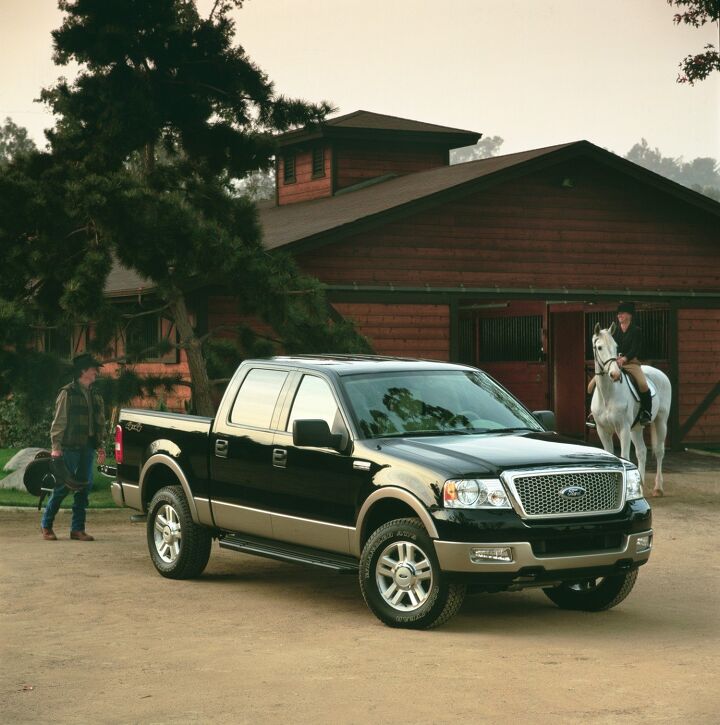














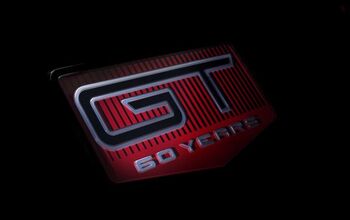
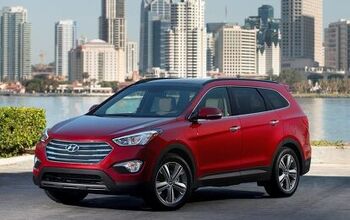



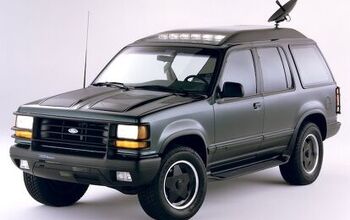
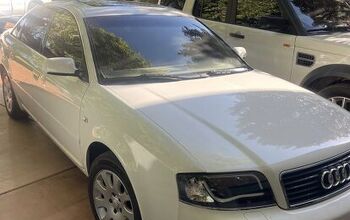


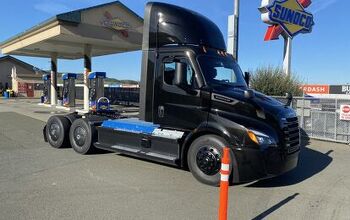
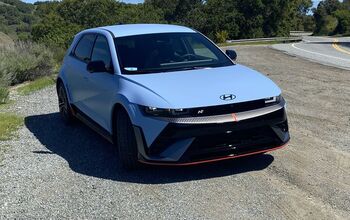




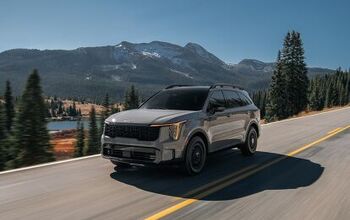
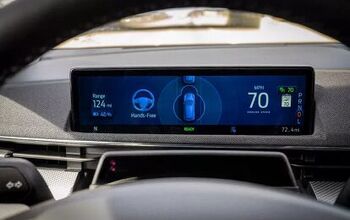
Comments
Join the conversation
I own a truck, but I think this thing has gotten irrational. Most trucks owned by individuals are at a fairly high trim level. The depreciation is still laughably small, despite the high trim levels. My bare bones model is not typical for a private purchase, I admit, but it’s depreciated slower than a Honda Civic. Relative to each other, the segment is hotly competitive, so on a relative basis, at least,you get a lot for your money.
F150s advantages are always underplayed by the media. (1) Even after the three, all-new trucks from GM and Ram come to market, F150 still rules: With respect to mpg: They'll still be number one overall with the 3.0 V6 PowerStroke. Number one among gas power trains with a no-compromise twin turbo V6 that comes in at 20/26/22 and that's with 325/400 ft-lb@2750 RPM HP/Torque versus Ram's best entry @ 20/25/22 with 305/269 @3950 (which is tied with another F150 power train; the 3.3L V6 base engine which peaks at 290/265@4000). And with all the hype about GM's new 4 cylinder turbo with 310/348@1500 one would think they'd do much better than 4th place for a gas power train in the half-ton class at 20/23/21. With respect to payload, they are still number one by almost 800 lbs at 3280ish. With respect to towing, they are still number one but more narrowly winning this contest; configurable up to 13,200 With respect to peak torque, they're still number one at 470, and they have a 400 ft-lb torque gas engine mated to a ten speed that is the FE leader. With respect to horsepower, they fall only to GM's 6.2L V8, which is available on in a high-featured pickup, whereas Ford lets customers have the same version of their V8 always mated to a ten speed, starting under $31K. With respect to configurations, and this is now a biggie, because GM is dropping the regular cab short bed and Ram has no regular cab available in the new-styled pickup. Not only does Ford still sale both regular cab configurations, but unlike GM who is going to let us have it only in their very lowest trim with old carryover power trains, Ford will let customers have the short bed with three gas-powered engine choices, two of which are mated to a ten speed; and with the long bed, it climbs to four total choices with three of them mated to a ten speed, and either available in max FE configuration up to 26 mpg highway and 20 city and that's with 400 ft-lb torque. By comparison, GM's only regular cab comes with a 5.3L V8 that gets worse rated mpg than the previous edition or the 4.3L V6 that has not been rated with respect to mpg at the time of this writing.